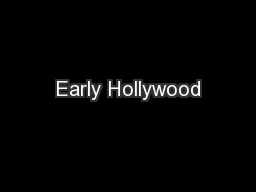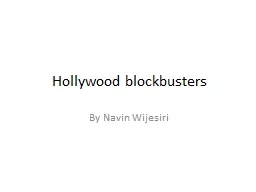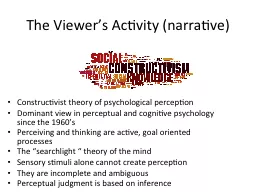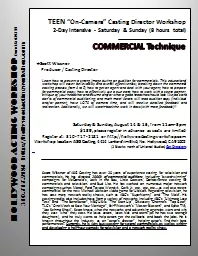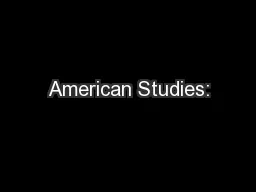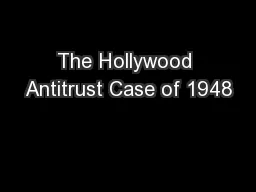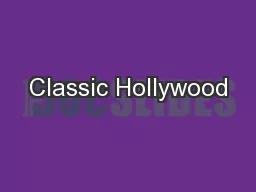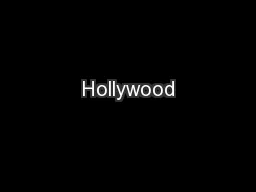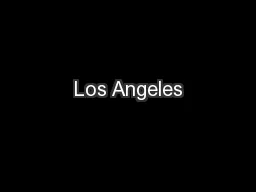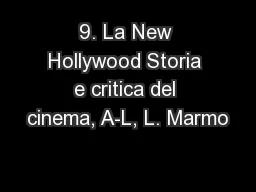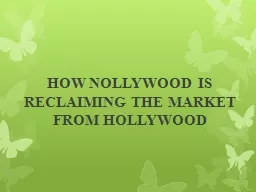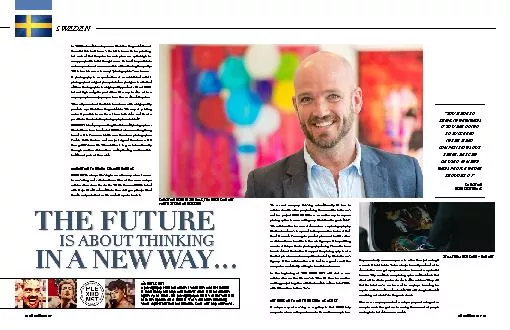PPT-Early Hollywood
Author : tawny-fly | Published Date : 2016-02-22
Transition to Sound Early on when film prints traveled from small town to small town in the American heartland they were often narrated by a live raconteur who
Presentation Embed Code
Download Presentation
Download Presentation The PPT/PDF document "Early Hollywood" is the property of its rightful owner. Permission is granted to download and print the materials on this website for personal, non-commercial use only, and to display it on your personal computer provided you do not modify the materials and that you retain all copyright notices contained in the materials. By downloading content from our website, you accept the terms of this agreement.
Early Hollywood: Transcript
Download Rules Of Document
"Early Hollywood"The content belongs to its owner. You may download and print it for personal use, without modification, and keep all copyright notices. By downloading, you agree to these terms.
Related Documents

